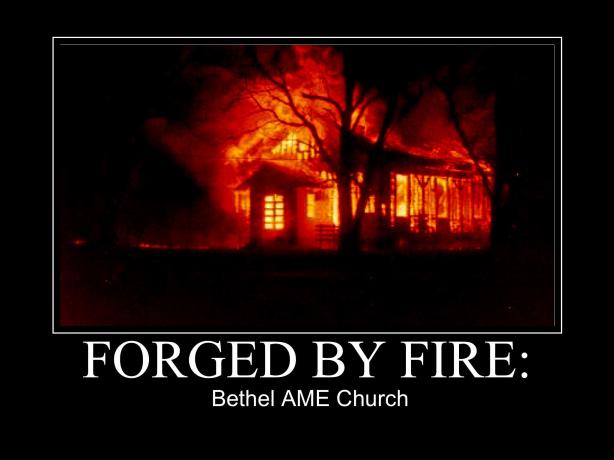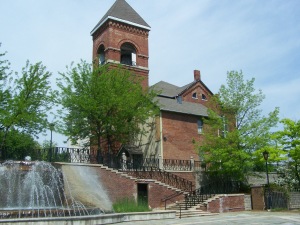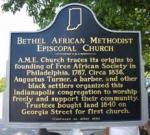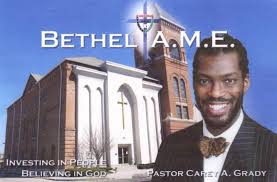Forged Through Fire
On July 9, 1864, arsonists burned the Indianapolis Station AME Church. The summer night was hot and dry, but the poltical climate in the city was equally heated as Democrats seethed over political censorship, families mourned their dead love ones and soldiers milled about the city armed and itching for a fight. A scared mother, hearing the breaking glass and smelling the smoke, clasped her child and ran out into the night. She had run from slavery to make a new life for her family in freedom. She thought she would be safe living in the Indinapolis Station AME church, only to discover though free, she would once again be homeless.
1864 looked to be a year for celebrations. In January, the congregation had cheered as they saw their sons’ marched off in Union Army unifroms to battle slavery. Refugees from the South poured into the city to begin a new life of freedom. Just the previous evening, the Freedman’s Aid Society held a benefit to raise money for support of refuges and widows. With the fire, the money and dreams went up in the smoke, as the church burned. There was no insurance for the building, and no assurance that the incendiaries would be brought to justice.
Sifting through the ashes, the congregation looked for answers to who burned the church? Reeling from the fire, news reached Indianapolis of the devastating loss of over 200 hundred African American soldiers from Indiana, many from the church, at the Battle of the Crater. What meaning would their death have for the freedom and social justice for African Americans? How do we reconstruct and rebuild a safe place for the church in a city hostile to African Americans? They lifted their voices in prayer, and set their hands to work.
Nearly 150 years later, this unimaginable cultural trauma has no marker on the landscape and there are still no concrete answers as to who burned the church. The Civil War and the contributions of African Americans are justly celebrated as the birth of freedom; understanding emancipation as a perilous journey for 4 million African Americans across the nation with tremendous cost and sacrifice enhances our understanding of the struggle. Even away from the “front lines of freedom,” for the Indianapolis Station AME community, freedom came with destruction, loss of life. Together the congregation began the political and economic strugle to rebuild.




This is awesome!
So great to see this information being shared with the world. Continue the great work!
Good to see this cultural landmark getting the recognition it deserves via the National Park Service. –Mike Woods